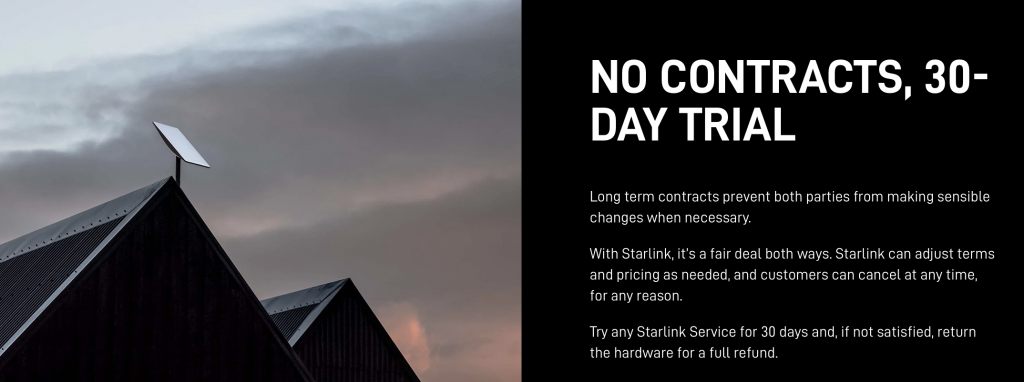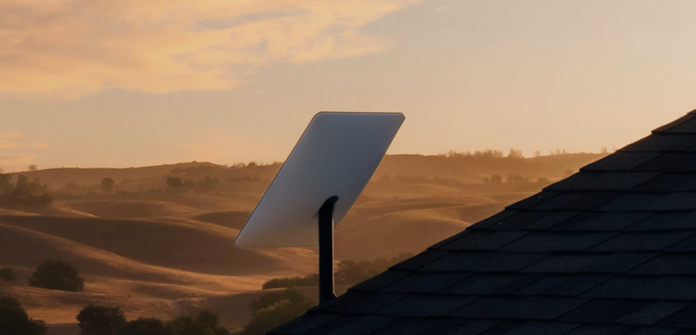The Pros and Cons of Starlink Internet Service
Starlink is a satellite-based internet provider that aims to provide high-speed internet access to users in remote or rural areas.
It is a new entrant in the internet service provider market and has been gaining attention for its unique features. In this article, we will discuss the pros and cons of Starlink internet service.
History Of Starlink Internet Service
Starlink Internet Service is a satellite-based internet service developed by SpaceX, a private space exploration company founded by Elon Musk in 2002.
The idea for Starlink originated in 2015, when SpaceX filed with the Federal Communications Commission (FCC) to launch a constellation of satellites into orbit to provide global broadband internet access.
In 2018, SpaceX launched the first two Starlink satellites into orbit, and by 2021, the company had launched over 1,500 satellites. The goal of the Starlink project is to provide high-speed internet access to users in remote and rural areas where traditional broadband internet is not available.
Starlink uses a constellation of low-Earth orbit (LEO) satellites to provide internet service. The satellites are designed to be smaller and lighter than traditional communication satellites, which makes them easier and cheaper to launch.
The satellites communicate with ground stations and user terminals to provide internet access.
In 2020, SpaceX began beta testing the Starlink service, offering high-speed internet access to select users in the United States, Canada, and the United Kingdom.
The company plans to expand its coverage globally, but this process could take several years.

Despite some concerns about the environmental impact of launching so many satellites into orbit, SpaceX has continued to make progress with the Starlink project.
The company aims to provide affordable, high-speed internet access to users around the world, and the success of the project could have a significant impact on the way people access the internet.
Pros of Starlink Internet Service
High-Speed Internet Access
Starlink internet service offers high-speed internet access that is comparable to traditional wired broadband services.
The company claims that users can expect speeds of up to 150 Mbps, with latency as low as 20ms. This is a significant improvement compared to existing satellite-based internet services that offer speeds of up to 25 Mbps.
No Data Caps
One of the major advantages of Starlink internet service is that there are no data caps. This means that users can use the internet without worrying about hitting their data limit and facing reduced speeds or additional charges.
Availability in Remote Areas
Starlink internet service is designed to provide internet access to users in remote or rural areas where traditional wired broadband services are not available. This is a major advantage for people who live in areas where internet access is limited or non-existent.
Low Latency
Latency is the time it takes for data to travel from a user’s device to the internet and back. Starlink internet service offers low latency, which makes it ideal for applications that require real-time interactions, such as online gaming and video conferencing.
Easy to Install
Starlink internet service is easy to install and set up. Users receive a small satellite dish that needs to be placed outdoors and connected to a modem. The setup process can be completed in a few hours, and there is no need for a professional installation.
Affordable Pricing
Starlink internet service is priced competitively compared to other satellite-based internet services. The company charges a one-time equipment fee of $499 and a monthly subscription fee of $99. This is a reasonable price for high-speed internet access, especially for users in remote areas.
Cons of Starlink Internet Service
Limited Availability
Starlink internet service is currently in its beta phase, and its availability is limited to select regions in the US, Canada, and the UK. The company plans to expand its coverage globally, but this process could take several years.
Not Suitable for Urban Areas
Starlink internet service is designed to provide internet access to users in remote or rural areas. It is not suitable for users who live in densely populated urban areas, where traditional wired broadband services are readily available.
Weather Conditions Affect Service Quality
Starlink internet service relies on satellite technology, and its service quality can be affected by weather conditions such as heavy rain, snow, or thunderstorms. This could result in reduced speeds or service outages.
Hardware Costs
One of the major drawbacks of Starlink internet service is the upfront hardware costs. Users need to purchase a satellite dish and modem, which can cost up to $499. This cost could be prohibitive for some users, especially those who are on a tight budget.
Beta Version
Starlink internet service is currently in its beta phase, and it may have some issues or limitations that need to be addressed. Users may experience some bugs or glitches with the service, and the company may need to make improvements or adjustments based on user feedback.
Conclusion
Starlink internet service offers many advantages, such as high-speed internet access, no data caps, and availability in remote areas.
However, it also has some drawbacks, such as limited availability, weather-dependent service quality, and upfront hardware costs.
Overall, Starlink is a promising option for users who live in remote areas and need high-speed internet access, but it may not be the best choice for everyone.
FAQs
-
Is Starlink internet service available globally?
Currently, Starlink internet service is only available in select regions in the US, Canada, and the UK. The company plans to expand its coverage globally, but this process could take several years.
-
How fast is Starlink internet service?
Starlink internet service offers speeds of up to 150 Mbps, with latency as low as 20ms. This is a significant improvement compared to existing satellite-based internet services.
-
Does Starlink internet service have data caps?
No, Starlink internet service does not have data caps. Users can use the internet without worrying about hitting their data limit and facing reduced speeds or additional charges.
-
Is Starlink internet service affected by weather conditions?
Yes, Starlink internet service can be affected by weather conditions such as heavy rain, snow, or thunderstorms. This could result in reduced speeds or service outages.
-
How much does Starlink internet service cost?
Starlink internet service charges a one-time equipment fee of $499 and a monthly subscription fee of $99. This is a reasonable price for high-speed internet access, especially for users in remote areas.
References:
- SpaceX’s Starlink website: https://www.starlink.com/
- “Starlink Internet: Pros and Cons” by TechUntold: https://www.techuntold.com/starlink-internet-pros-cons/
- “Starlink Internet: What You Need to Know” by PCMag: https://www.pcmag.com/news/starlink-internet-what-you-need-to-know
- “Starlink satellite broadband: everything you need to know” by TechRadar: https://www.techradar.com/news/starlink-satellite-broadband-everything-you-need-to-know





